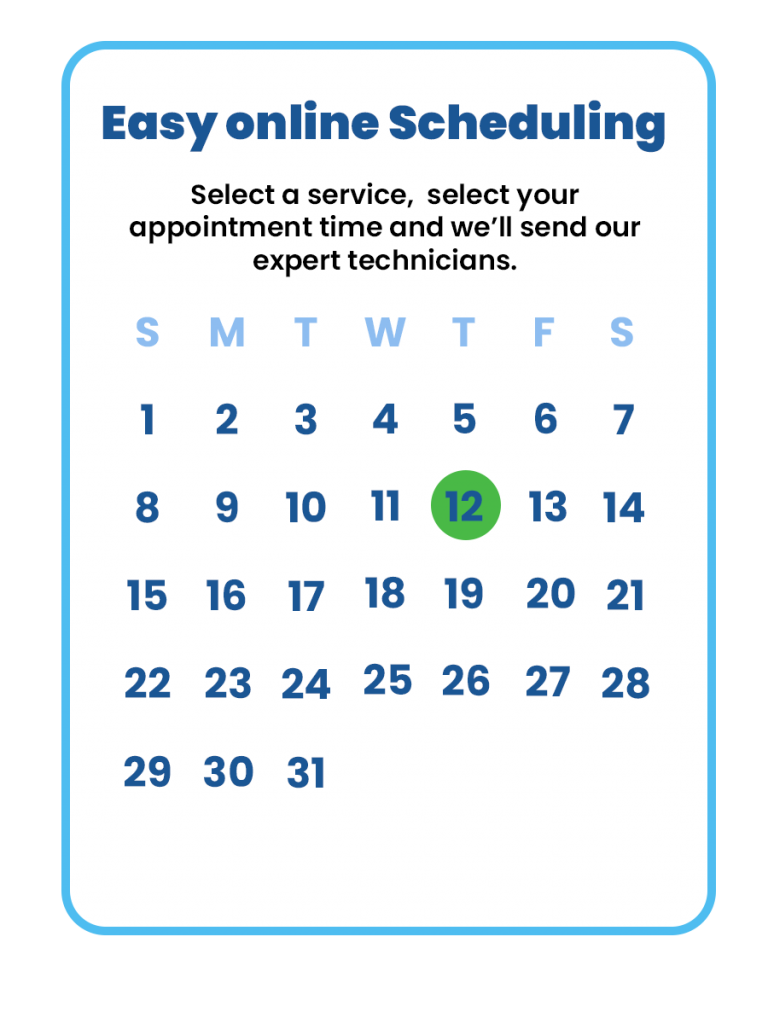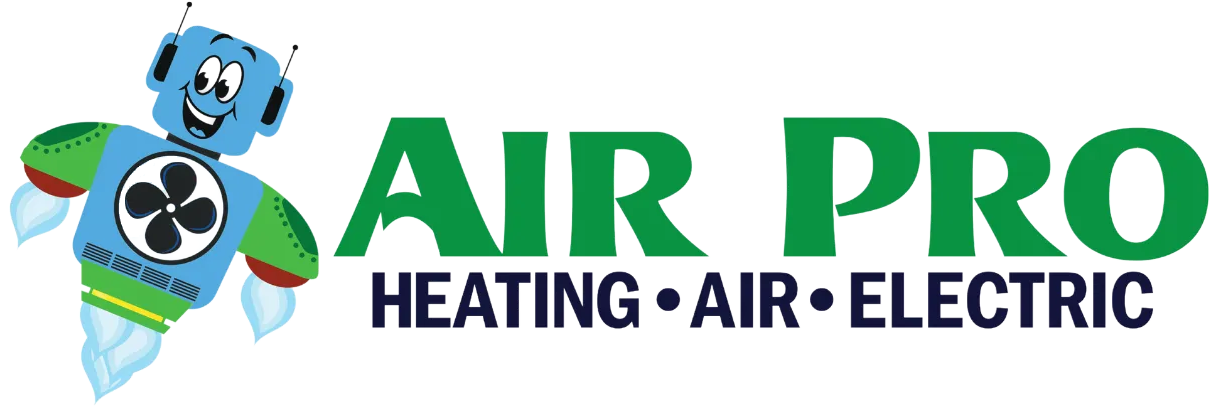Highlights
- An HVAC system is made up of six major components.
- Installing new HVAC systems can be between $5,000 and $12,500.
- Understanding the individual HVAC components might aid in the diagnosis of problems.
- Maintaining every HVAC system component will help you save money on repairs.
- In the United States, gas-powered HVAC systems are the most frequent.
Nothing beats going into a cool house on a hot day or a warm house on a freezing night. Understanding all of the HVAC system elements and how they function can simplify troubleshooting when anything goes wrong—and may even save you money if you can act on the warning signals before it’s too late. Discover everything you should know about the main aspects of an HVAC system in this instructional guide.
What Is an HVAC System?
HVAC stands for heating, ventilation, and air conditioning. A heating and cooling (HVAC) system pumps hot or cold air around your house to manage the temperature.
An HVAC system is not the same as an air conditioner or a heater; an HVAC system warms and cools. It is ideal for servicing an HVAC system once a year since examining your HVAC unit only costs $70 to $100 and may help you save money on repairs.
Installing a whole new heating and cooling system, on the other hand, might cost up to $12,500. The amount isn’t appealing, but keeping on top of HVAC maintenance can help you avoid needing a replacement.
These are six HVAC system components to be aware of.
Heat Exchanger
As the name indicates, the heat exchanger transports heat from one location to another inside your HVAC unit. The heat exchanger takes heat from your house in the summer and adds heat to your home in the winter.
Fluids are used in heat exchangers to transfer heat from one region to another. Although the fluids never mix, the walls that retain these liquids are very conductive, allowing heat to move through them quickly.
You may have a fractured heat exchanger if you notice a chemical stench in your house or near your HVAC system. This problem will cost between $2,000 and $3,500 to fix. A heat exchanger repair professional is suggested for such a project.
Thermostat
Temperature sensors within your HVAC system’s thermostat make life simpler for homeowners by assisting the machine in determining when to heat or cool your house.
One of the most frequent HVAC issues that homeowners face is a broken thermostat. Troubleshooting may be as easy as replacing batteries or cleaning the thermostat but read your instructions before dealing with yours. Installing a new thermostat typically costs between $113 and $254.
In more complicated systems, such as in a huge house with numerous levels, thermostats may collect readings in different places (referred to as zones). Each thermostat communicates with the main unit, which may decide whether to heat or cool that region.
Blower Motor
The power that pumps warm or cold air to various sections of your house is provided by your blower motor.
A new blower motor will cost roughly $450 to replace. Loud sounds, moans, screaming, or a lack of airflow indicate that your blower motor needs repair or replacement.
Remember that hiring an HVAC technician to repair often costs between $40 and $100 per hour. Yet, in terms of expense, a diagnostic that leads to a blower motor replacement may be a drop in the bucket compared to replacing your whole unit later.
Combustion Chambers
Have you ever wondered where the warmth comes from on a chilly winter day? It emanates from your HVAC unit’s combustion chamber. This chamber consumes the fuel that powers your system. According to the US Department of Energy, natural gas is the most prevalent fuel for HVAC systems and is utilized in around 57% of US households. The heat generated by this process enters the heat exchanger and warms your house.
If this component fails in your system, replacing a combustion chamber on an HVAC unit would cost between $200 and $600.
Condenser Unit
When you need to cool your house, the procedure is somewhat different; this is when your air conditioner comes into play. A condensing unit, which moves hot air outside your house by compressing refrigerant (an HVAC fluid or gas), and the coils outside your home are two components of a home AC unit.
Maintaining the condenser unit and condenser coils clear of debris, such as leaves or dirt, is critical as part of your HVAC maintenance regimen. It is also critical to keep your HVAC unit away from walls and other impediments to perform its work effectively. Clogs or even minor obstructions may diminish the effectiveness of your condenser unit, increasing energy expenditures while decreasing cooling efficiency in the house.
Ductwork
Simply, your ductwork distributes air throughout your house. An HVAC system is centrally positioned in your house, and the ductwork is the superhighway via which air travels from the blower motor to specific rooms or locations.
Ducts generally formed of sheet metal or synthetic materials must also be clean to work optimally. Avoid ignoring vent cleaning—this HVAC maintenance advice might help your unit last longer. Clogged ductwork may increase allergens in the air and reduce the effectiveness of your unit.
Maintaining your HVAC system is essential to ensuring that your home stays comfortable and energy efficient. To provide optimal performance, all HVAC system components need to be inspected and serviced by a professional technician. Each component must work appropriately for your HVAC system to run efficiently, from the thermostat to the blower motor and combustion chambers.
Additionally, cleaning clogged ductwork and ensuring that all parts are free of debris can help extend the life of your unit and save you money over time. Following these guidelines and scheduling regular maintenance ensures that your HVAC system runs smoothly for years.
At Air Pro Heating, Air & Electric, our certified technicians are dedicated to helping you with all your heating and cooling needs. Contact us today to learn how we can help keep your home comfortable and energy-efficient!


 Text 910-964-4203
Text 910-964-4203 Call 910-964-4203
Call 910-964-4203 Email
Email



